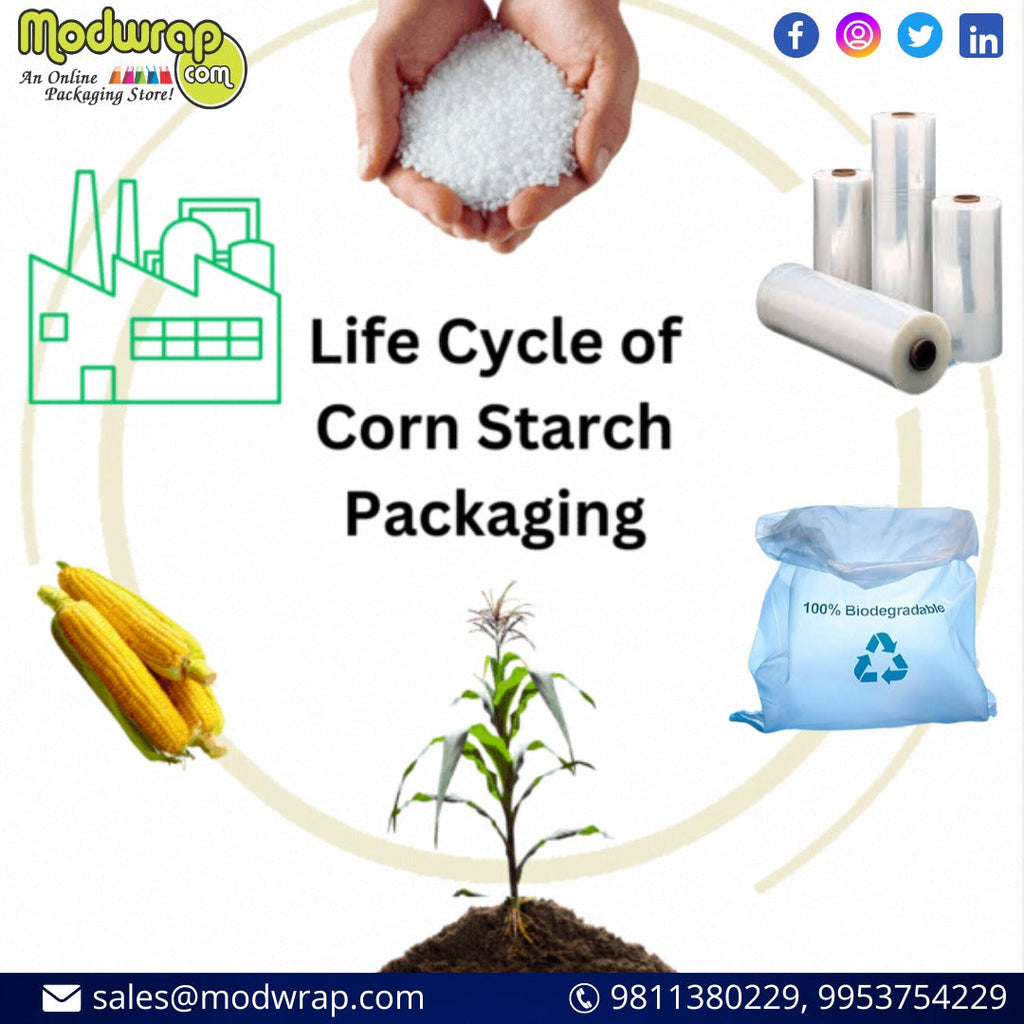The Lifecycle of Corn Starch Packaging: A Sustainable Journey

Corn starch packaging, a biodegradable alternative, undergoes a remarkable lifecycle, starting with its creation from cornstarch, a natural and renewable resource. The production process involves extracting corn starch from corn kernels, which is then processed into a polymer called polylactic acid (PLA). This PLA is used to manufacture various packaging items like bags, cups, and containers.
Once the corn starch packaging serves its purpose, it enters the disposal phase, where it demonstrates its eco-friendliness. Unlike traditional plastics, which can persist in the environment for hundreds of years, corn starch packaging biodegrades relatively quickly. When composted under the right conditions, it breaks down into water, carbon dioxide, and biomass, enriching the soil and supporting plant growth.
In industrial composting facilities, corn starch packaging typically biodegrades within 180 days. However, in-home composting systems, the process may take longer due to lower temperatures and less controlled conditions. Nonetheless, it still offers a sustainable alternative to conventional plastics.
This lifecycle highlights the environmental benefits of corn starch packaging. From its renewable origins to its biodegradable end-of-life phase, corn starch packaging represents a significant step towards reducing our reliance on fossil fuels and minimizing plastic pollution. As consumers and businesses increasingly prioritize sustainability, corn starch packaging emerges as a promising solution in the quest for eco-friendly packaging alternatives.


